1. Lead Paint
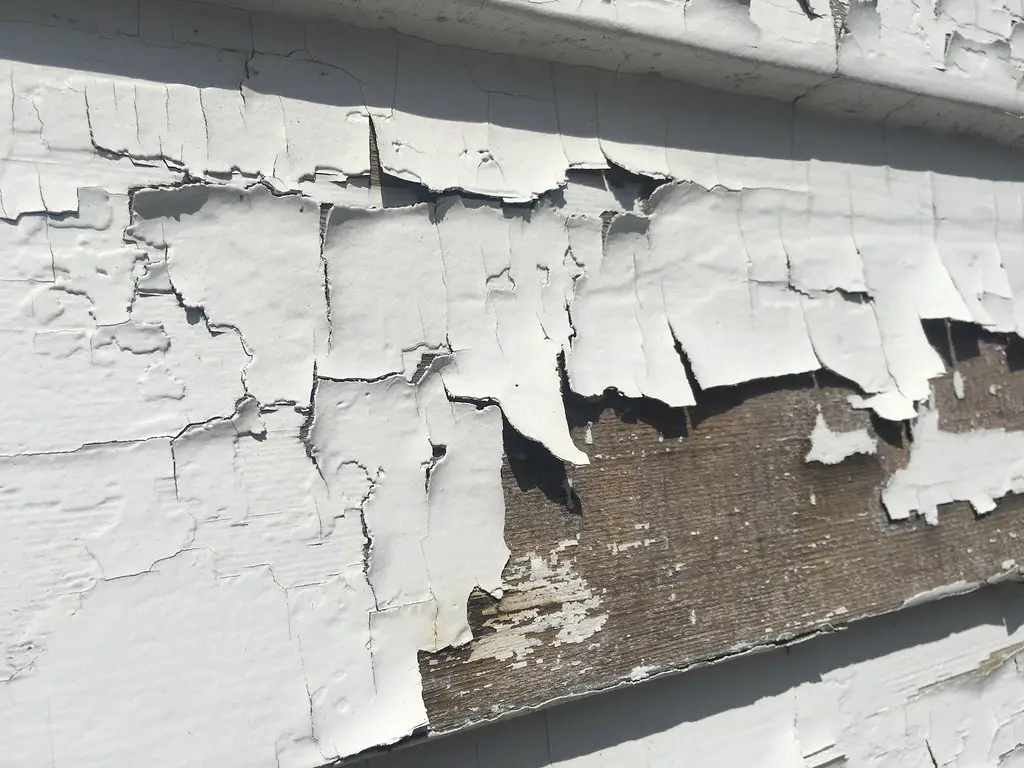
Homes built before 1978 may have lead-based paint, which poses serious health risks, especially for children and pregnant women. Even small amounts of lead dust from chipping or peeling paint can lead to developmental issues and other health concerns. Professional removal or encapsulation is often necessary for safety.
2. Asbestos
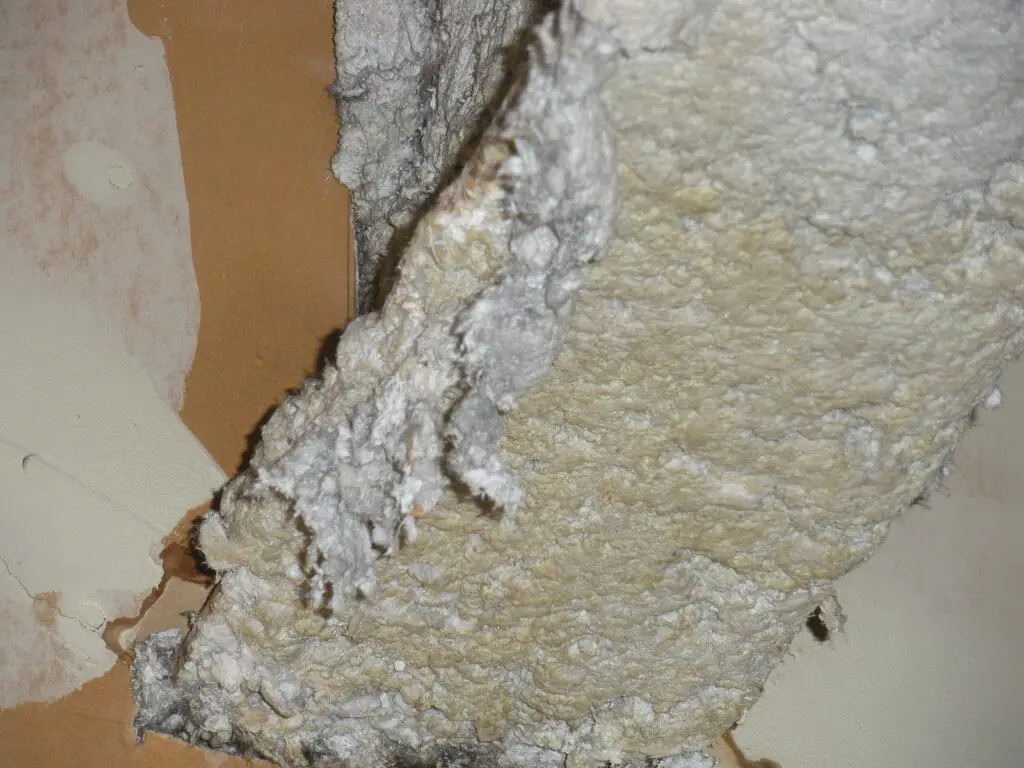
Used widely in insulation, flooring, and ceiling tiles until the 1980s, asbestos becomes a hazard when disturbed. Inhalation of asbestos fibers can cause lung cancer and mesothelioma. If your home is older, consult a specialist before renovating or disturbing materials that might contain it.
3. Outdated Electrical Systems
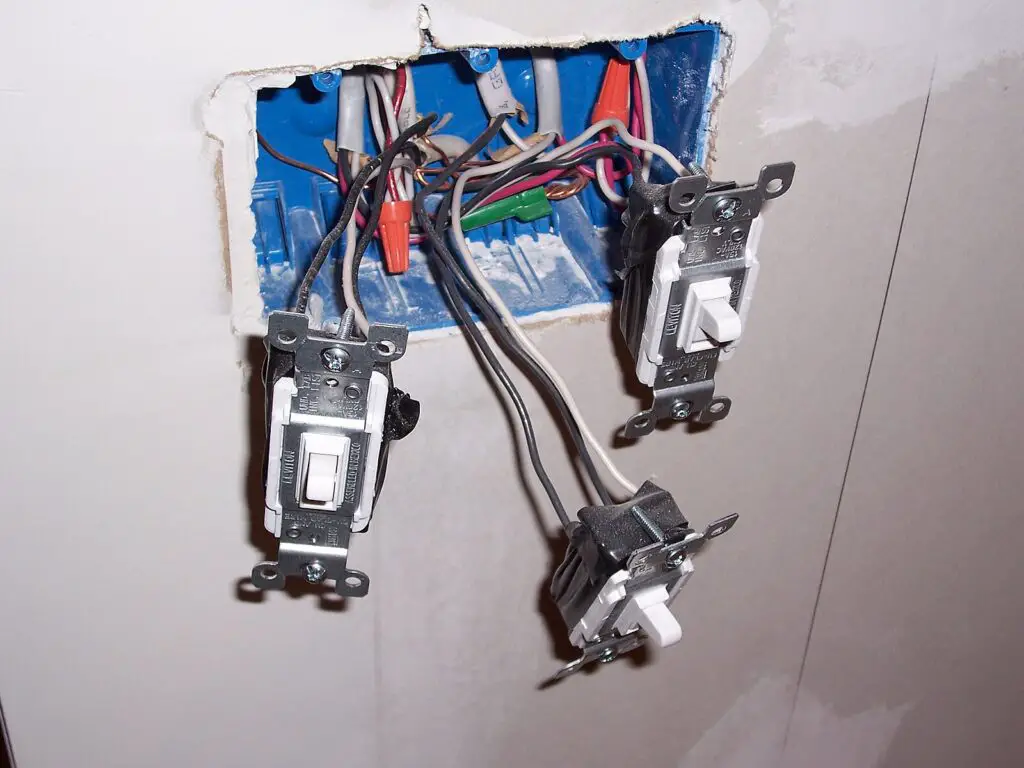
Older homes often have outdated wiring, such as knob-and-tube systems or aluminum wiring, which can’t handle the load of modern appliances. These systems increase the risk of electrical fires and may need a complete overhaul to meet current safety standards.
4. Mold and Mildew
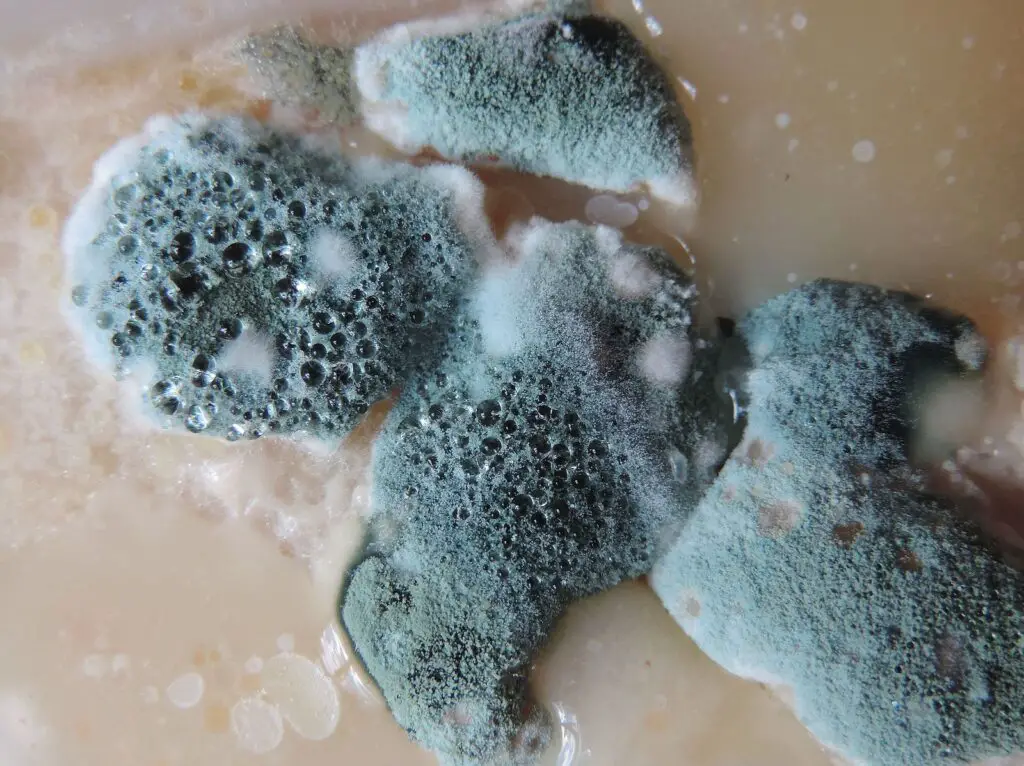
Hidden leaks and poor ventilation in older homes can lead to mold growth behind walls or under flooring. Mold spores can trigger respiratory problems, allergies, and asthma. Regular inspections and moisture control are key to preventing this issue.
5. Radon Gas
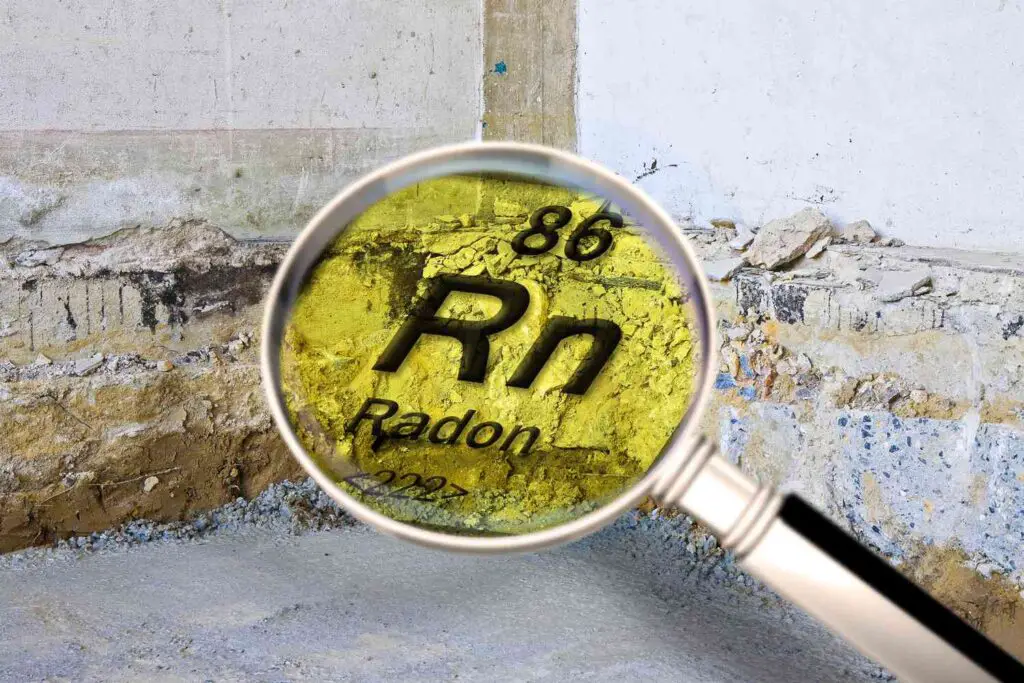
Radon, a colorless and odorless radioactive gas, can seep into homes through cracks in the foundation. It’s a leading cause of lung cancer among non-smokers. Older homes with unfinished basements are particularly susceptible, making radon testing essential.
6. Structural Issues
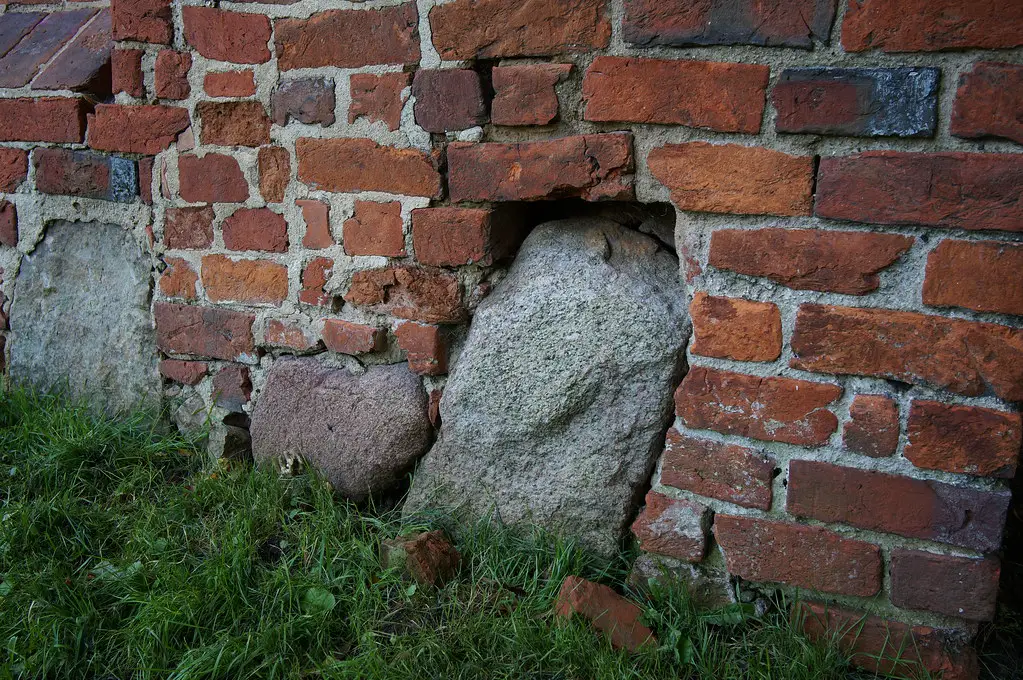
Over time, a home’s foundation, framing, or roof can deteriorate, leading to sagging floors, cracks, and water intrusion. Neglecting these issues can compromise the structural integrity of the entire house and lead to costly repairs.
7. Lead Plumbing Pipes
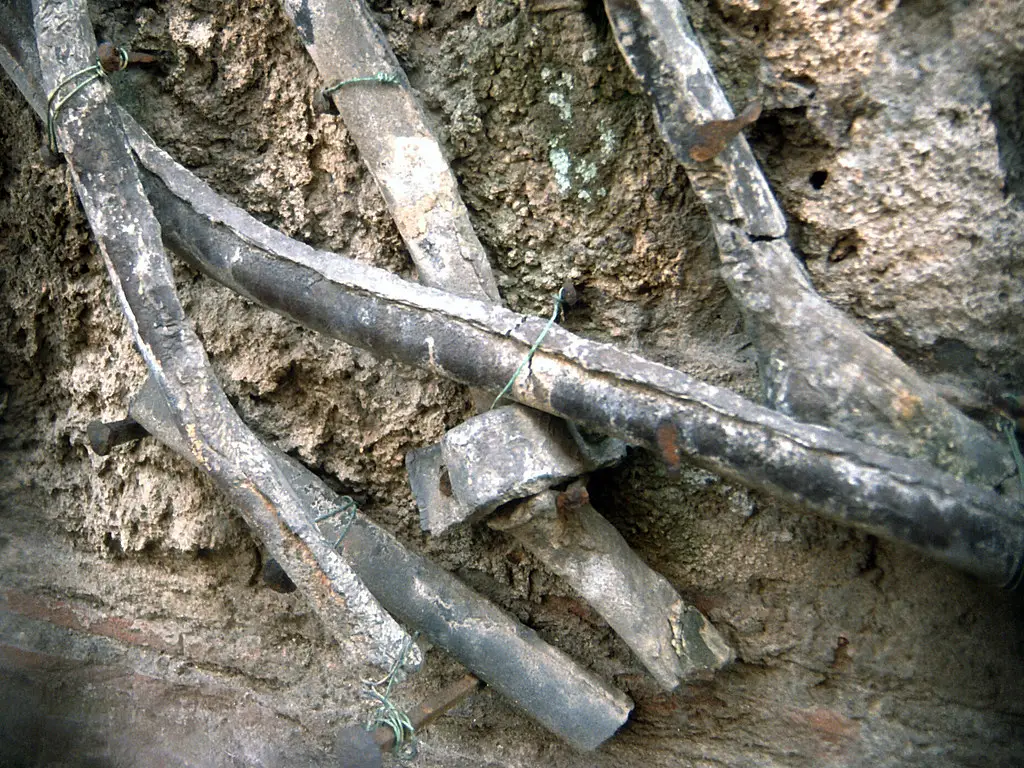
Homes built before the 1980s may have lead or galvanized steel plumbing. Lead pipes can contaminate drinking water, posing severe health risks. Replacing old pipes with copper or PEX materials can ensure safe water for your household.
8. Hidden Pests
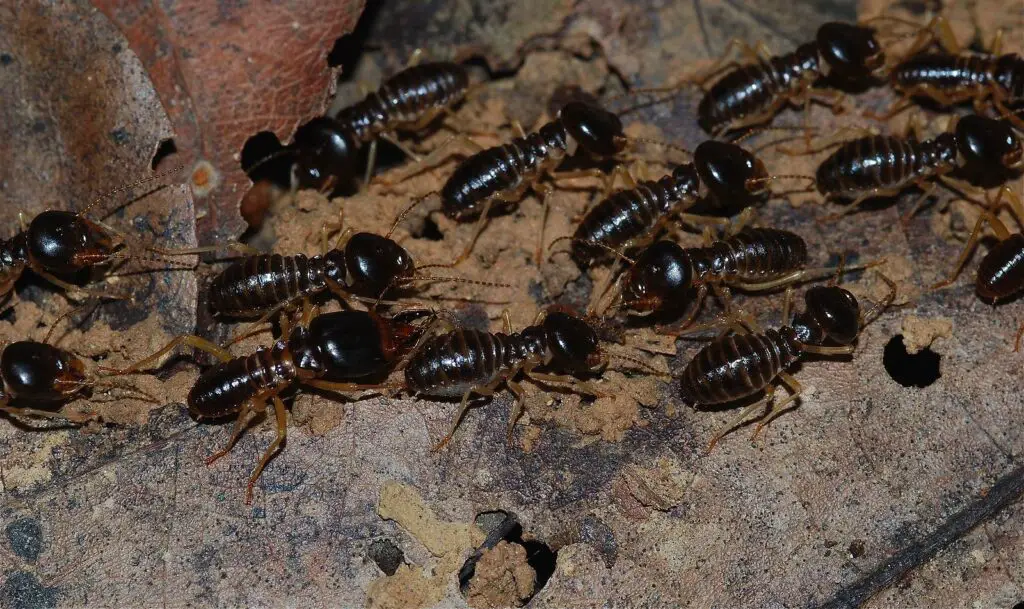
Termites, carpenter ants, and rodents often take up residence in older homes, causing hidden damage to wood structures and wiring. A thorough pest inspection and regular maintenance are vital to keeping these uninvited guests at bay.
9. Inefficient Insulation
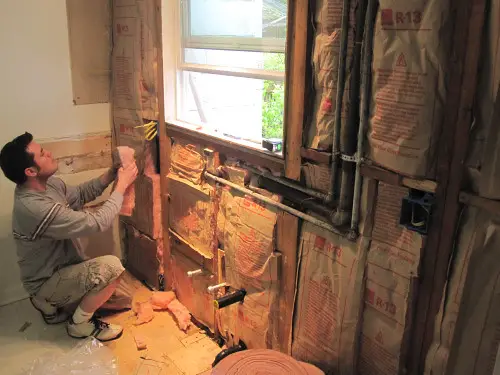
Old insulation materials, such as vermiculite, can contain asbestos or simply fail to provide adequate energy efficiency. Upgrading to modern, eco-friendly insulation improves comfort and reduces utility bills.
10. Dangerous Staircases and Railings
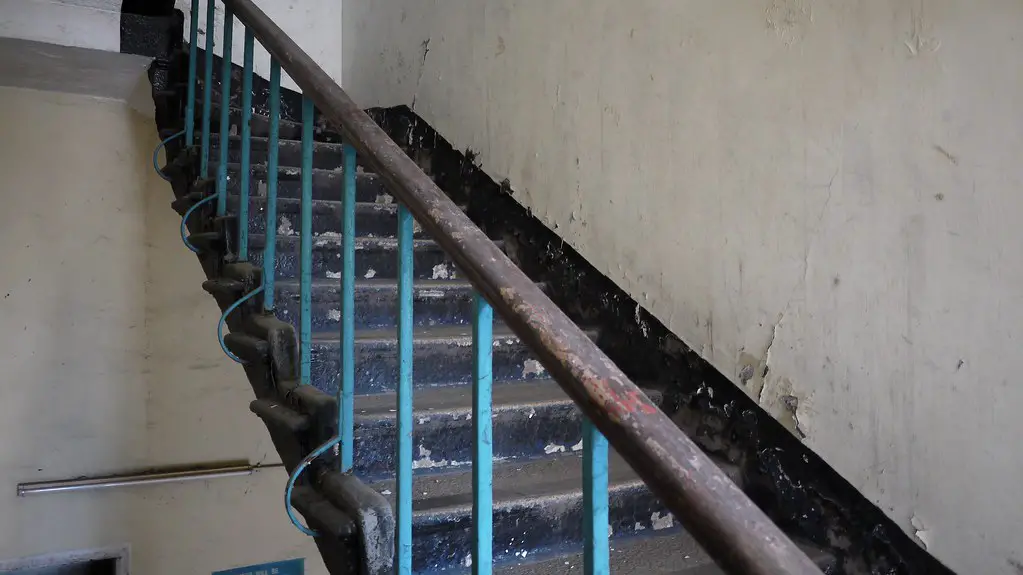
Building codes have evolved, and many older homes feature steep staircases, uneven steps, or inadequate railings. These can be significant safety hazards, especially for children and elderly occupants, and may need retrofitting for modern safety standards.
11. Outdated Heating Systems
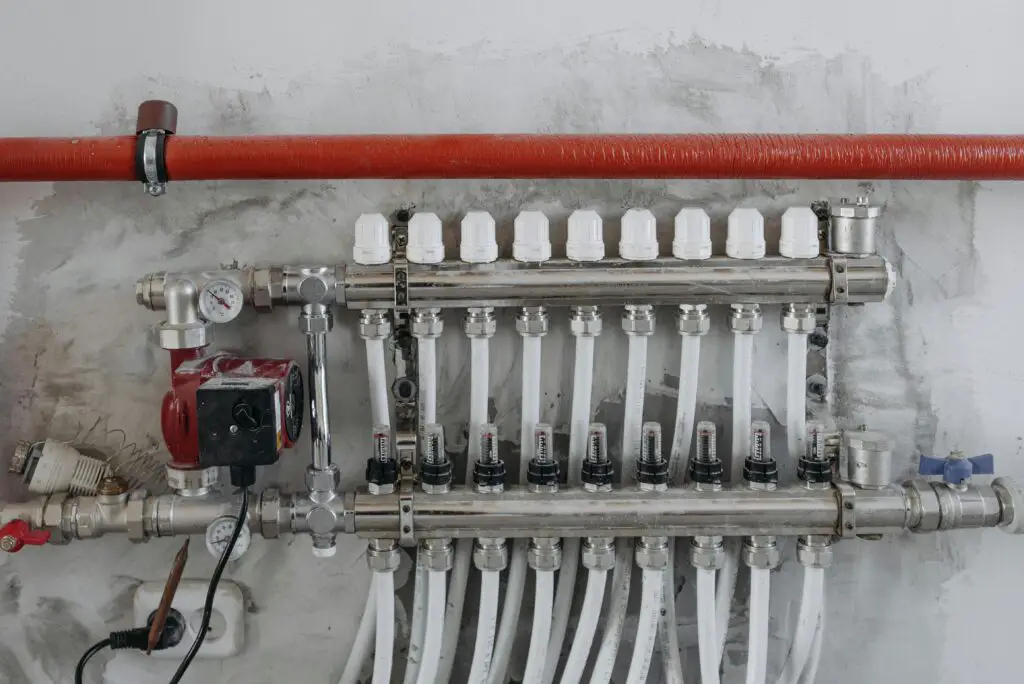
Older furnaces and boilers may not only be inefficient but can also leak carbon monoxide if not properly maintained. Replacing these systems with modern, energy-efficient models can improve safety and lower heating costs.
12. Hazardous Flooring Materials
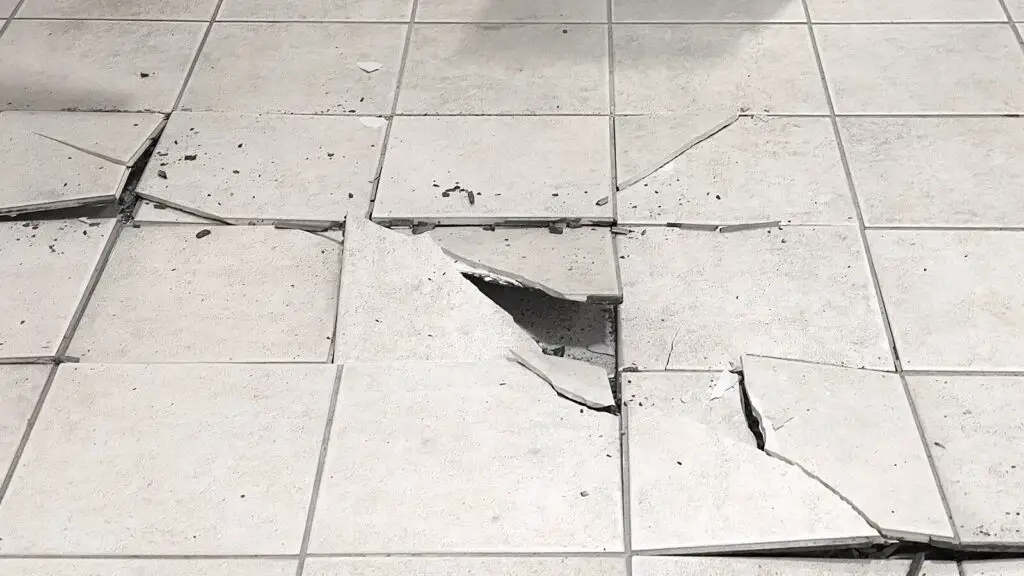
Vinyl flooring and adhesives used in older homes can contain harmful chemicals like asbestos or phthalates. These substances can release toxic fumes over time, especially during renovations. Testing materials before removing or replacing them is crucial.
Takeaway: Older homes come with charm and history, but they also harbor hidden dangers. Regular inspections and professional assessments are essential to uncover and address these risks, ensuring your home remains safe and livable.
